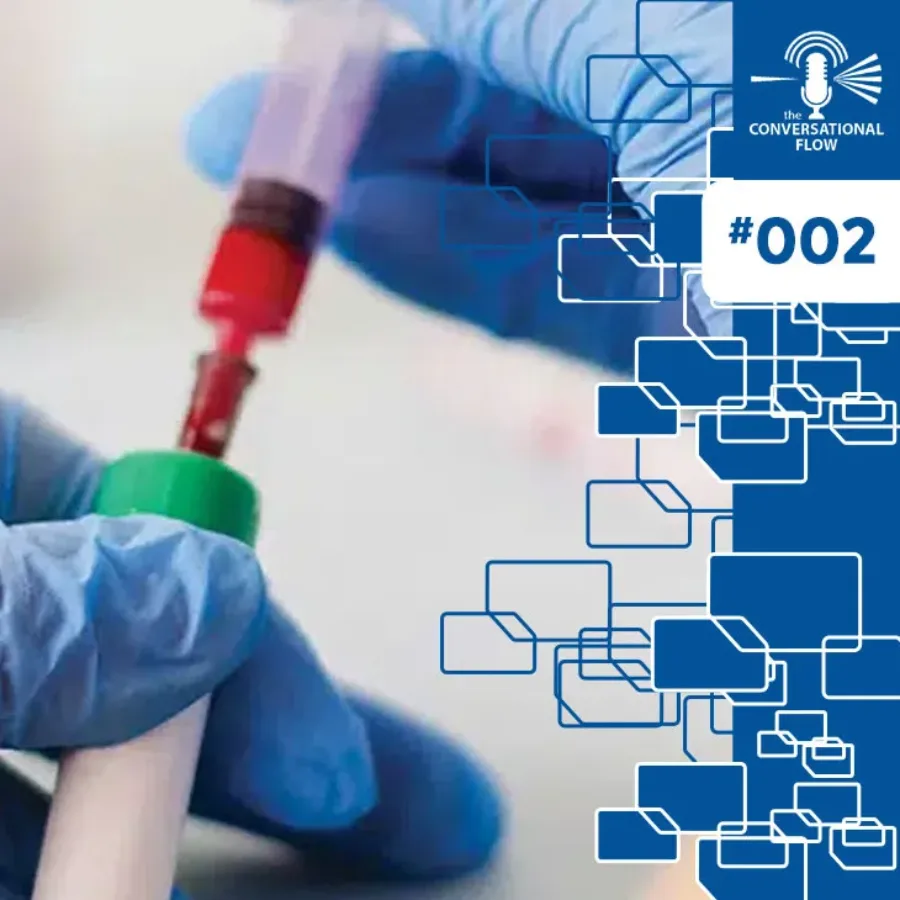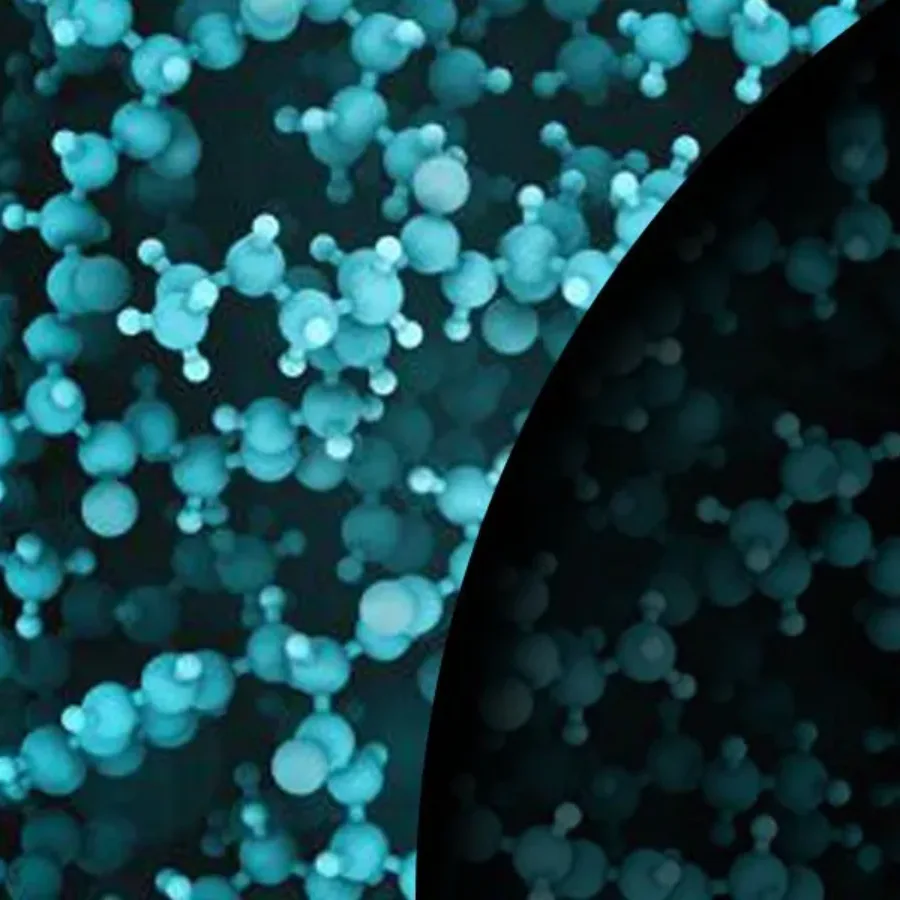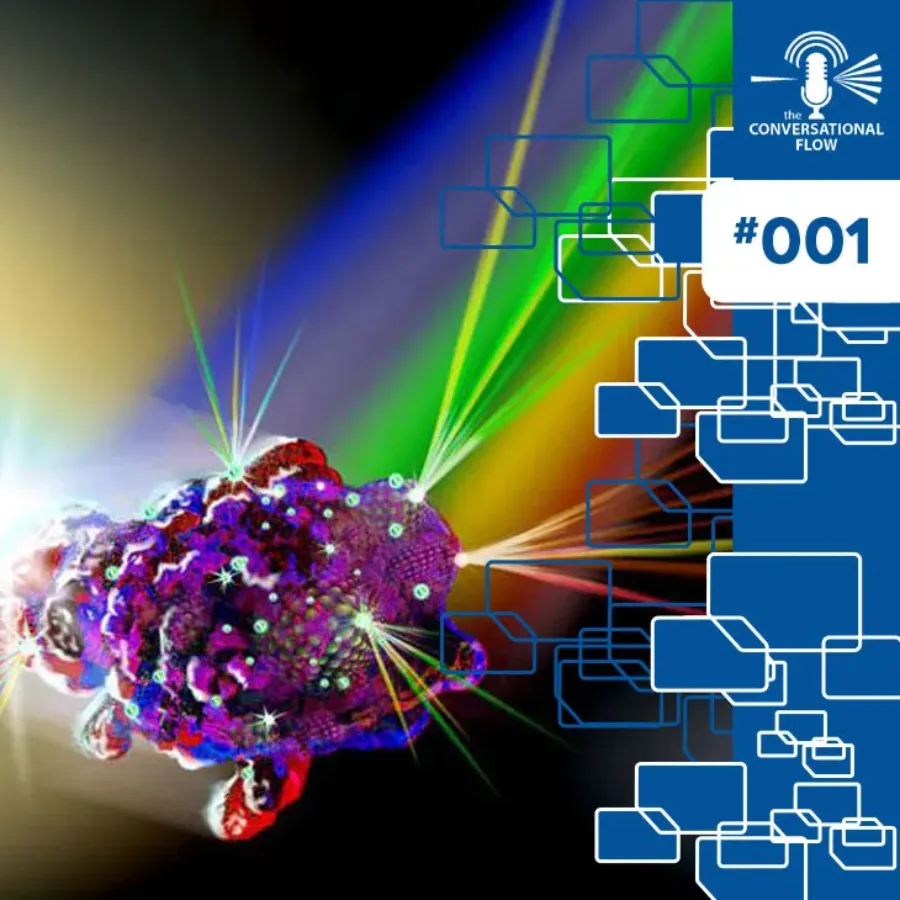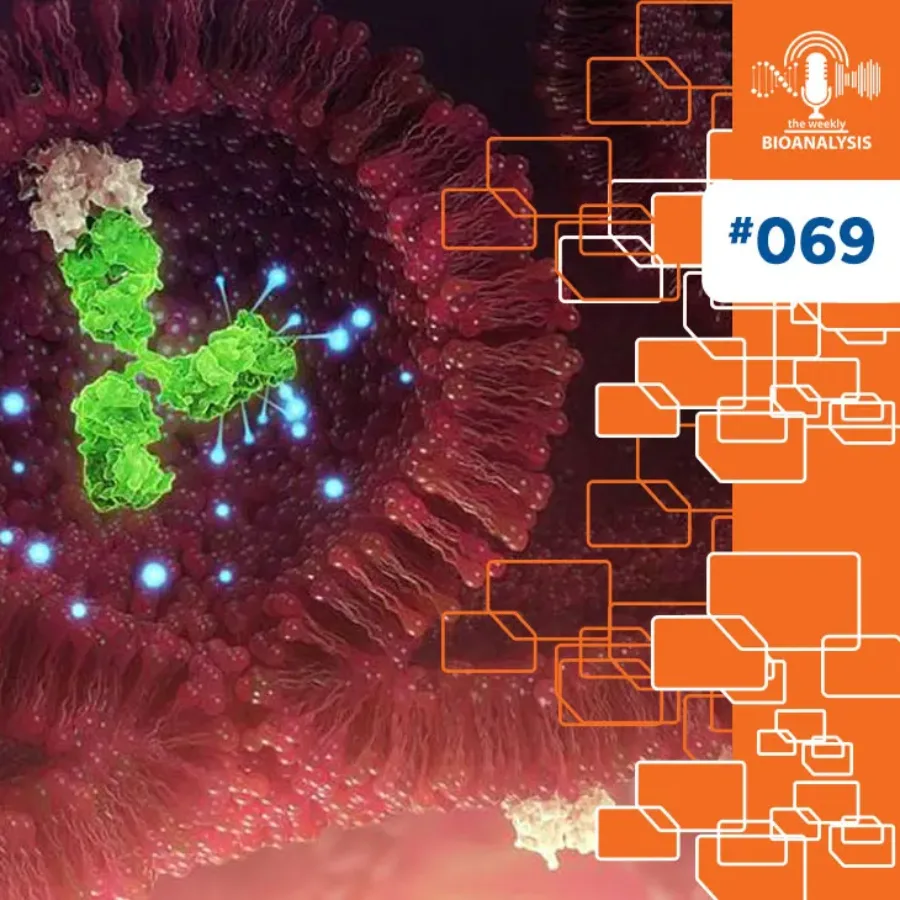 Podcasts
Podcasts
For our second episode of “The Conversational Flow” podcast, Brian and Adam felt that the best topic to discuss was that of sample collection, sample processing and the important role it plays in Flow Cytometry analysis. This is an often discussed topic – What is the best way…
 Blogs
Blogs
In our daily life we interact with many different people who help us by applying their expertise to deliver things we would otherwise struggle with. Often the differentiator for us, as consumers, is how we feel we’ve been treated by the people who are working on our behalf. The first…
 Podcasts
Podcasts
It is that time of year once again… the Fall Conference Season! Every industry has its own set of important trade shows and meetings, but for the Pharma, biotech and bioanalytical industries, these conferences are an opportunity for the planet’s leading experts to get together and share the…
 November 15
- November 17
November 15
- November 17
Along with a series of studies we plan to present related to our experiences with hybrid LC-MS/MS technology, KCAS will also be presenting on a study where we analyzed a compound that involved looking at urea in plasma and lung fluid (urea, of course, being a biomarker). Urea is endogenous…
 November 15
- November 17
November 15
- November 17
For years, Dawn Dufield, PhD and I have been doing our best to get the word out (via as many venues as possible) about KCAS’s unique expertise with hybrid LC-MS/MS. This year’s upcoming EBF meeting in Barcelona is just such an opportunity, and one we are very much looking…
 Podcasts
Podcasts
Flow cytometry is a technique used to detect and measure physical and physiological characteristics of a population of cells or particles. Tens of thousands of cells can be quickly examined and the data gathered is processed by a computer. Uses of flow cytometry can included determination of Cellular…
 Blogs
Blogs
The Pharm/Biotech industry’s main focus is on development of therapeutics to address unmet medical needs but sometimes, clinical trials lead to observations that lead to a change in research path for a drug. A good example is sildenafil that was originally studied for use in hypertension and angina pectoris. Observed…
 Blogs
Blogs
In the ever-evolving landscape of pharmaceutical research, biodistribution studies play a pivotal role in understanding how drugs and therapies are distributed within the body. These studies are critical for assessing the efficacy and safety of new treatments, particularly in the realm of cell…
 Blogs
Blogs
Recently, Matthew Pennington, PhD (one of KCAS’s Senior Scientists) was the senior author on a publication entitled “A Validated Droplet Digital Polymerase Chain Reaction Assay for the Detection of Adeno Associated Viral Vectors in Bio Shedding Studies of Tears”. Below, Matt explains the significance in what they accomplished…
 Podcasts
Podcasts
Starting with a description of Antibody Drug Conjugates (or ADCs, for short), Dom and John dive into this field of the industry and discuss the ways these services have changed over time and even how they’ve changed recently. They review the role of ADCs in meeting some of…
 Blogs
Blogs
In the rapidly evolving realm of flow cytometry, conventional flow cytometry is gradually being displaced by its advanced counterpart, spectral flow cytometry. These technologies, each with its unique strengths and applications, have revolutionized the way we analyze cells and particles. Let’s dive…
 Blogs
Blogs
A biomarker is a defined characteristic that is measured as an indicator of normal biological processes, pathogenic processes, or biological responses to an exposure or intervention, including therapeutic interventions(1). With the development of innovative and personalized therapies, biomarker tracking is increasingly important to support the clinical development…